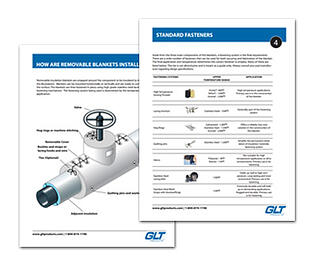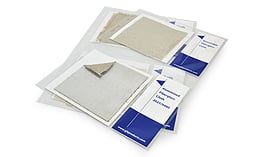
Insulation is a must-have when it comes to industrial operations. Excessive heat, noise and contamination can create a hazardous and costly situation for the workplace, posing danger to the equipment as well as personnel.
One of the primary issues with typical insulation is that it doesn't allow for maintenance. Once piping or mechanical components are placed behind a layer of insulation, it can be difficult and costly to get behind all that to perform inspections, repairs and other essential tasks for an operation.
With removable insulation, that's not the case. Today, getting past the insulation is as easy as untying the fasteners.
While it may seem like a minor detail, this gives a wide range of flexibility to perform regular operations that improve plant safety and efficiency. Here are some of the most important tasks removable insulation helps speed up:
Inspections
Routine inspections are a standard practice for industrial operations. Often times, this means inspecting an area covered by insulation. With an inslulation blanket, costs and personnel time for getting past the insulation layers are much shorter and allows employees to make sure everything is running properly without expensive, time-consuming work.
Repairs
If a piece of equipment breaks down, time is of the essence. With removable insulation, it becomes a simple task to remove and reattach it quickly and easily.
Upgrades
New equipment and models can improve an operation, but it can be tough to retrofit insulation the new equipment needs. With removable insulation, you can quickly create a custom solution for that application. This type of insulation offers the greatest flexibility for fitting and resizing.
Overall, blanket insulation is a great option for many industrial applications. Download our "Insulation Blanket Application Buying Guide" to learn about the temperature ratings and material properties of GLT's removable insulation solutions. Click the button below to get your free PDF guide, then check out our Removable Blanket Fabrication products.



